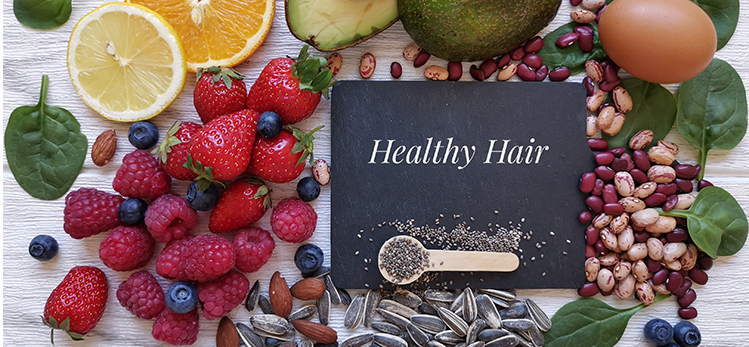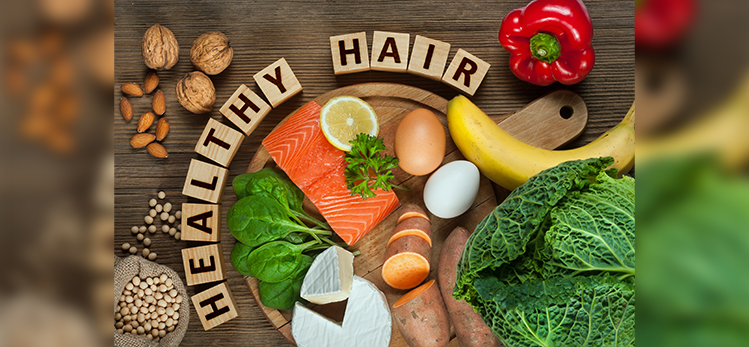Foods That helps in Hair Growth
This statement is true regardless of who the individual is or where they live. What a lot of people don't know, however, is that their rate of hair growth is greatly influenced by the type of diet they follow.
1) Eggs
This product is a must-eat for long hair. Not only does it come packed with iron and protein, but it is also filled with biotin. The micronutrients present here work by strengthening and enhancing the infrastructure of keratin – the substance from which hair is created. Apart from this, the folate present in the eggs can also be used to intensify the strand’s shine.
Note: The yolk, not the white of the egg, contributes to hair growth.
2) Brazil Nuts
A rich source of zinc, protein, and omega-3 fatty acids, Brazil nuts offer many nutritional benefits. The ingredient is typically used to prevent hair loss , uplift the shine of the strand and promote hair growth. To garner the best results, we recommend eating these nuts daily.
Note: If Brazil nuts aren’t easily accessible in your location, we recommend swapping the same out for almonds or walnuts. These nuts showcase the same benefits and can go a long way in strengthening your strands and promoting hair growth.
3) Fatty Fish
Unlike other ingredients, fatty fish does not directly cause hair growth. However, it can prevent hair loss to a great extent. This is primarily because the vitamin D content in this ingredient is required to stimulate and strengthen one’s hair follicles (or hair roots as it is often called). Eating fatty fish like salmon, tuna, trout, herring, mackerel, and sardines is a great way to introduce this micronutrient into your diet. Besides vitamin D, these food items are also filled with omega-3 fatty acids, which play a huge role in protecting the strands and preventing hair breakage.
Note: As of today, the NHS (National Health Service) recommends having at least two portions of fatty/oily fish a week.
4) Berries
Believe it or not, fruits, especially acidic ones, are vital for your hair growth. Berries, for example, contain large quantities of vitamin C. This micronutrient is typically used by the body to enhance the blood circulation within the scalp and aid the blood vessels in feeding the hair follicles oxygen and other micronutrients. In most cases, a lack of vitamin C can result in severe hair breakage, eventually leading to hair loss.
Note: If you do not have access to berries in your area, we suggest opting for other citrus fruits like oranges, lime, lemons, and grapefruit.
5) Greek Yogurt
It is often said that calcium is important for bone health. But did you know that it also plays a huge role in hair growth? Brimming with both – calcium and protein, Greek yogurt is a great way to thicken your hair strands and further its growth. Alternatively, regular yogurt, paneer, milk, and cheese can also be consumed as they are all premium sources of calcium and protein.
Note: To ensure the best results, ingest at least two to three portions of dairy items every day.
6) Spinach
Like berries, spinach is a fantastic source of vitamin C. Furthermore, it is filled with a multitude of micronutrients such as folate, iron, and beta carotene – each of which promotes the circulation of oil within the scalp. The process keeps the hair follicles well hydrated, and this, in turn, enables the roots to develop stronger, more luxurious hair strands. Kale, swiss chard, and broccoli are also great options if you want to boost the levels of vitamin C in your body.
Note: As of today, most specialists recommend eating at least 40mg of vitamin C daily. That said, please consult your doctor before doing so, as this recommendation depends on a variety of lifestyle factors.
7) Oysters
Interestingly, oysters showcase the largest amount of zinc per serving when compared to other food items. This micronutrient is considered to be an essential trace element which means that it is not created by the body and therefore needs to be received from outside sources. It is typically used to maintain the strength of hair follicles, thereby promoting hair growth.
8) Sweet Patato
Last but not least on this list is the sweet potato. Packed with iron, vitamin C, beta carotene, and folate, this ingredient intensifies the rate of one’s hair growth by improving the circulation on one’s scalp.
While the above-mentioned ingredients can improve your hair growth, an excessive intake can result in hair fall. As such, we highly recommend speaking to your local dermatologist and dietician before making any changes to your diet.
We hope this article has helped you learn more about better hair nutrition!
Myth Busters HairFall
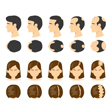
Androgenetic Alopecia - Everything You Need To Know
Have you been experiencing excessive hair fall over a prolonged period of time? It could be an early sign of androgenetic alopecia. It is a hair loss disorder common in both genders and can lead to progressive thinning and even baldness in some patients if not caught and treated early.

How To Make Hair Grow Faster For Men
A head full of healthy hair is a matter of confidence. Hair has its own mechanism of growing and shedding, and it is when this mechanism is thrown off that growth is hindered. Especially in the case of males, hair growth faces a lot of hiccups that can easily be managed.
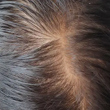
Female Pattern Baldness - Causes & Treatments
Have you suddenly noticed an increase in the number of hair strands on your pillow in the morning? Or is your ponytail getting thinner by day? Well, you might be suffering from female pattern baldness. While that does sound scary, identifying it early on is key to treating this condition effectively. So keep reading to know what this is, how you can identify it, and most importantly, what treatments you can avail of to get your beautiful lustrous hair back.
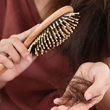
What Are The Reasons For Hairfall?
Almost everyone experiences some amount of hair thinning over the years. Shedding around 50 to 100 single strands of hair per day is considered normal. However, losing more than 150 strands a day, experiencing sudden thinning, or developing circular bald patches on your scalp are reasons for concern. Hair loss occurs when new hair doesn’t grow fast enough to replace the amount of hair you lose daily. Hair can fall due to various reasons, with hereditary hair loss and poor nutrition being the most common hair fall reasons.

Expert Approved Tips For Hair Growth
What can be more debilitating than seeing hundreds of hair strands shedding from your scalp every time you brush your hair? Also, excessive molting occurs during seasonal changes that can be very stressful for you. Although it’s okay to lose between 50-100 strands every day, according to the American Academy of Dermatology, the problem occurs when you start shedding more than normal. But that doesn’t mean you have to feel helpless as there are ways to grow your hair back. Even if you are coping with baldness or alopecia, certain hair growth tips from dermatologists can come to your rescue. Read on to discover how these tips can be your savior when abnormal hair fall problems are in sight.
Trending Videos
+ 2 Sources
LMRC - GGI-CO-A2-DMA-300026127-300026127-WM-J21-282
© 2021 Dr. Reddy’s Laboratories Ltd. All rights reserved.
